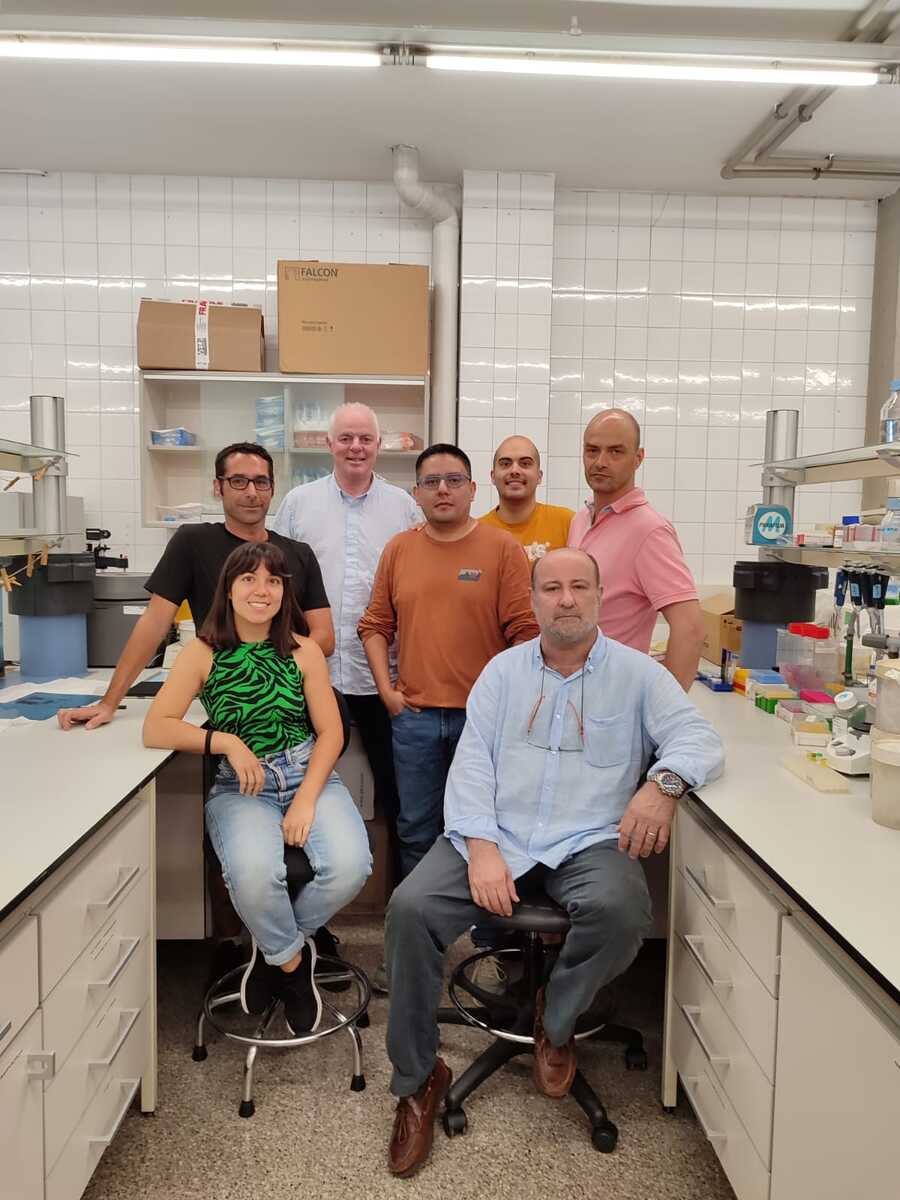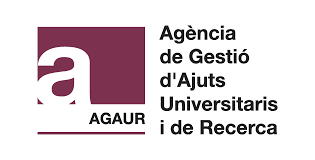Comparative Molecular Physiology
Research Lines
Our main interest is the molecular basis of germ cell formation (male and female gametes) and the role towards the development of biotechnologies for animal production and conservation biology.
Current research lines include:
We study the structure, evolution and molecular function of aquaporins to elucidate their biological functions in male and female gametes, and their molecular interactions with ion channels and intracellular protein trafficking factors.
Our objective is to uncover key endocrine, epigenetic and cell regulatory mechanisms during spermiogenesis and extratesticular sperm maturation that are vital for fertility in lower vertebrates.
Species producing megalecithal gametes and embryos (fish, amphibians, reptiles and birds) represent ~99% of the world’s vulnerable or endangered vertebrates. However, their long-term conservation through cryopreservation has yet to be achieved. We are developing novel biotechnological innovations to facilitate freeze-tolerance in fish oocytes and embryos to enhance their cryosurvival.
Information of interest
Biomarking the fish sperm epigenome and molecular cargo for a sustainable aquaculture. Execution: from 2023 to 2027. Funding entity: PN2022-PROYECTOS DE GENERACIÓN DE CONOCIMIENTO-PROGRAMA ESTATAL PARA IMPULSAR LA INVESTIGACIÓN CIENTÍFICO-TÉCNICA Y SU TRANSFERENCIA, DEL PLAN ESTATAL DE INVESTIGACIÓN CIENTÍFICA, TÉCNICA Y DE INNOVACIÓN 2021-2023. Ref.: PID2022-138066OB-I00. Acronym: BIOSPERM.
Molecular mechanisms for osmotic regulation in fish. Execution: from 2024 to 2026. Funding entity: SWEDISH RESEARCH COUNCIL FOR SUSTAINABLE DEVELOPMENT (FORMAS). Ref.: 2023-00957.
Synchronization of spermatogenesis as a novel solution to oligospermia in cultured fish. Execution: from 2022 to 2025. Funding entity: PN2021- PROYECTOS DE GENERACIÓN DE CONOCIMIENTO-PROGRAMA ESTATAL PARA IMPULSAR LA INVESTIGACIÓN CIENTÍFICO-TÉCNICA Y SU TRANSFERENCIA, DEL PLAN ESTATAL DE INVESTIGACIÓN CIENTÍFICA, TÉCNICA Y DE INNOVACIÓN 2021-2023. Ref.: PID2021-126128OB-I00. Acronym: SYNCHROSPERM.
Fish Molecular Physiology, Epigenetics and Biotechnology. Execution: from 2023 to 2024. Funding entity: Grups de Recerca SGR-Cat 2021 Reconeguts per la Generalitat de Catalunya-Agència de Gestió d’Ajuts Universitaris i de Recerca (AGAUR). Ref.: SGR2021 00068. Acronym: BIOAQUA.
Castro-Arnau J, Chauvigné F, González A, Finn RN, Carrascal M, Cerdà J. Post-testicular spermatozoa of a marine teleost can conduct de novo cytoplasmic and mitochondrial translation. iScience. 2024 Dec 6;28(1):111537. doi: 10.1016/j.isci.2024.111537.
Finn, RN, Cerdà, J. (2024) Genetic adaptations for the oceanic success of fish eggs. Trends in Genetics, 40(6):540-554, 2024. doi: 10.1016/j.tig.2024.01.004.
Castro-Arnau J, Chauvigné F, Toft-Bertelsen TL, Finn RN, MacAulay N, Cerdà J. (2024) Aqp4a and Trpv4 mediate regulatory cell volume increase for swimming maintenance of marine fish spermatozoa. Cell Mol Life Sci. 81(1):285. doi: 10.1007/s00018-024-05341-w.
Ferré A, Chauvigné F, Vlasova A, Norberg B, Bargelloni L, Guigó R, Finn RN, Cerdà J. (2023) Functional Evolution of Clustered Aquaporin Genes Reveals Insights into the Oceanic Success of Teleost Eggs. Mol Biol Evol. 40(4):msad071. doi: 10.1093/molbev/msad071.
Ferré A, Chauvigné F, Gozdowska M, Kulczykowska E, Finn RN, Cerdà J. (2023) Neurohypophysial and paracrine vasopressinergic signaling regulates aquaporin trafficking to hydrate marine teleost oocytes. Front Endocrinol (Lausanne). 14:1222724. doi: 10.3389/fendo.2023.1222724.
Chauvigné F., Ducat C., Ferré A., Hansen T., Carrascal M., Abián J., Finn R.N., Cerdà J. (2021) A multiplier peroxiporin signal transduction pathway powers piscine spermatozoa. Proceedings of the National Academy of Sciences USA 118:e2019346118. doi: 10.1073/pnas.2019346118.
Funding
Other links of interest
Additional information





